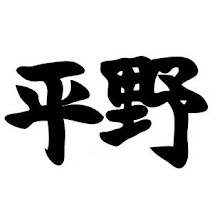I did a lot of different graphics for the header, this one I choose, could be simple but it express exactly how I feel right now, naked and ready to take all the opportunities that comes in my life, with no masks, just me, bare and being myself. Hope you like it as I do.
And the big surprise of the day! WOW WOW WOW! ( So into place singing Kylie´s) There´s no word already created that could help me to express myself properly, the only word I can think of is "Gracias" Thank you very much Sue, from the bottom of my heart "Thank you" SUE RULES!
Still jumping with joy I wanted to post again Marco da Silva´s portrait, after 7 months it keeps giving me satisfactions, it means a lot to the artist and the guy behind these words.
I don´t want to sound too cloying but how not to love you guys if you are so nice and kind.
I really hope you like the new image of my blog, and I as always say, Make yourselves at home, kick off your shoes and enjoy.
Once again Love you Sue, you pretty Lady.
And Marco, Thank you very much.




Visit Marco Da Silva´s Blog to see the post











